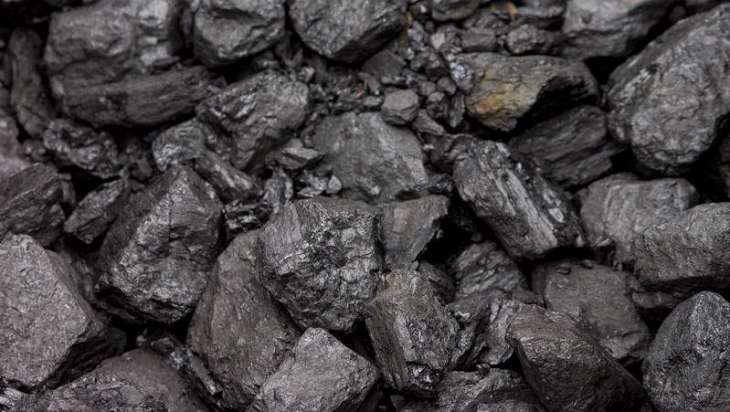The drive for less-polluting energy is expected to continue widening US usage of renewables in 2022, notwithstanding the competition between natural gas and cheaper coal as utilities try to keep power generation costs down, the Energy Information Administration said Wednesday
WASHINGTON (Pakistan Point News / Sputnik - 09th June, 2021) The drive for less-polluting energy is expected to continue widening US usage of renewables in 2022, notwithstanding the competition between natural gas and cheaper coal as utilities try to keep power generation costs down, the Energy Information Administration said Wednesday.
"We forecast that higher natural gas prices will lead to less natural gas-fired generation and more coal-fired generation in 2021," the EIA said. "However, in 2022, we expect both coal and natural gas to lose a portion of their shares to renewables."
The agency noted that carbon, or CO2, emissions from US electricity generation have dropped by one-third in the past 15 years.
"In 2005, 9 percent of the electricity generated in the United States came from renewable sources," the EIA said. "The renewable share of generation rose to 18 percent in 2019, largely driven by growth in wind and solar generation. Nuclear generation, a zero-emission energy source, made up about 20 percent of U.S. generation in both 2005 and 2019."
Breaking down the 819 million metric ton decline in CO2 emissions from 2005 to 2019, the agency said approximately 248 million metric tons, or 30 percent, was attributable to the increase in renewable generation.
In comparison, almost 532 million metric tons, or 65 percent, was due to the shift from coal-fired to natural gas-fired electricity generation.
But the EIA cautioned that power sector CO2 emissions may also rise as coal-to-gas switching reverses in the near term for economic reasons.
The US thrust for less-polluting energy comes on the back of the Biden administration's target of halving the US carbon footprint by 2030, and investing $400 billion over the next decade on "clean energy" projects such as wind, solar, water and nuclear.




